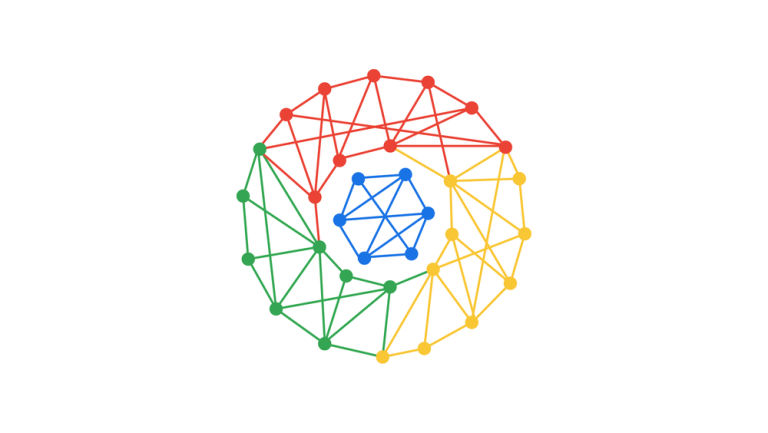Unlocking Customization: OpenAI Launches Fine-Tuning for GPT-3.5 Turbo and GPT-4
OpenAI Introduces Fine-Tuning for GPT-3.5 Turbo and GPT-4
OpenAI has unveiled a new feature that enables fine-tuning of its advanced language models, specifically GPT-3.5 Turbo and GPT-4. This capability allows developers to customize the models to suit their specific needs and deploy these tailored versions at scale. This development seeks to bridge the gap between AI technology and practical applications, ushering in an era of specialized AI interactions.
Initial tests have shown remarkable outcomes, indicating that a fine-tuned version of GPT-3.5 Turbo can match or even exceed the performance of the base GPT-4 for certain focused tasks. Notably, all data transmitted via the fine-tuning API remains the customer’s property, ensuring that sensitive information is protected and not utilized for training other models.
The introduction of fine-tuning has sparked considerable interest among developers and businesses. With the popularity of GPT-3.5 Turbo, there has been a growing demand for customization to enhance user experience. Fine-tuning opens a wide range of possibilities across various applications, including:
- Enhanced Steerability: Developers can now customize models to adhere to specific instructions more accurately. For instance, a business can ensure consistent responses in a preferred language.
- Reliable Output Formatting: Consistency in AI-generated responses is vital, especially in applications like code completion. Fine-tuning enhances the formatting capabilities of the model, leading to improved user interactions.
- Custom Tone: Businesses can adjust the model’s tone to match their branding, ensuring a cohesive communication style.
A notable benefit of the fine-tuned GPT-3.5 Turbo is its ability to process up to 4,000 tokens—double the capacity of former fine-tuned models. This advancement allows developers to optimize prompt sizes, resulting in quicker API responses and cost efficiency.
For optimal performance, fine-tuning can be combined with techniques like prompt engineering, information retrieval, and function calling. OpenAI also intends to support fine-tuning with function calling and the gpt-3.5-turbo-16k in the coming months.
Fine-tuning involves various steps, including data preparation, file uploads, initiating a fine-tuning job, and deploying the fine-tuned model in production. OpenAI is developing a user interface to simplify the management of these tasks.
The fine-tuning pricing comprises two main components: the initial training cost and usage fees:
- Training: $0.008 per 1,000 tokens
- Usage Input: $0.012 per 1,000 tokens
- Usage Output: $0.016 per 1,000 tokens
Recently, OpenAI also announced updates to its GPT-3 models, including babbage-002 and davinci-002, which serve as replacements for previous models and allow for further fine-tuning customization. These updates reflect OpenAI’s commitment to delivering AI solutions tailored to meet the diverse needs of businesses and developers.
Teachers in England Given the Green Light to Use AI
England’s educational authorities have authorized the integration of artificial intelligence in classrooms, aiming to enhance teaching methods and learning experiences.
AI’s Influence in the Cryptocurrency Industry
The cryptocurrency sector is increasingly being shaped by advancements in AI, impacting everything from trading strategies to security measures.
Sam Altman, OpenAI: The Superintelligence Era Has Begun
Sam Altman has proclaimed the dawn of a new era of superintelligent AI, promising unparalleled advancements across various fields.
Magistral: Mistral AI Challenges Big Tech with Reasoning Model
Mistral AI is making waves in the tech landscape by providing a reasoning model that poses serious competition to established giants.
Latest
View All Latest
Magistral: Mistral AI is taking on major tech companies with its innovative reasoning model, aiming to redefine the boundaries of artificial intelligence.
The concept of the AI blockchain is gaining attention, raising important questions about its true nature and potential implications for technology and society.
Amidst a measured strategy at WWDC, Apple has made strides by opening its core AI model to developers, fostering a collaborative environment in the artificial intelligence landscape.
To stay updated with our premium content and the latest tech news, subscribe to our newsletter for direct delivery to your inbox.
Explore
Categories
- Applications
- Companies
- Deep & Reinforcement Learning
- Enterprise
- Ethics & Society
- Industries
- Legislation & Government
- Machine Learning
- Privacy
- Research
- Robotics
- Security
- Surveillance
- Sponsored Content








